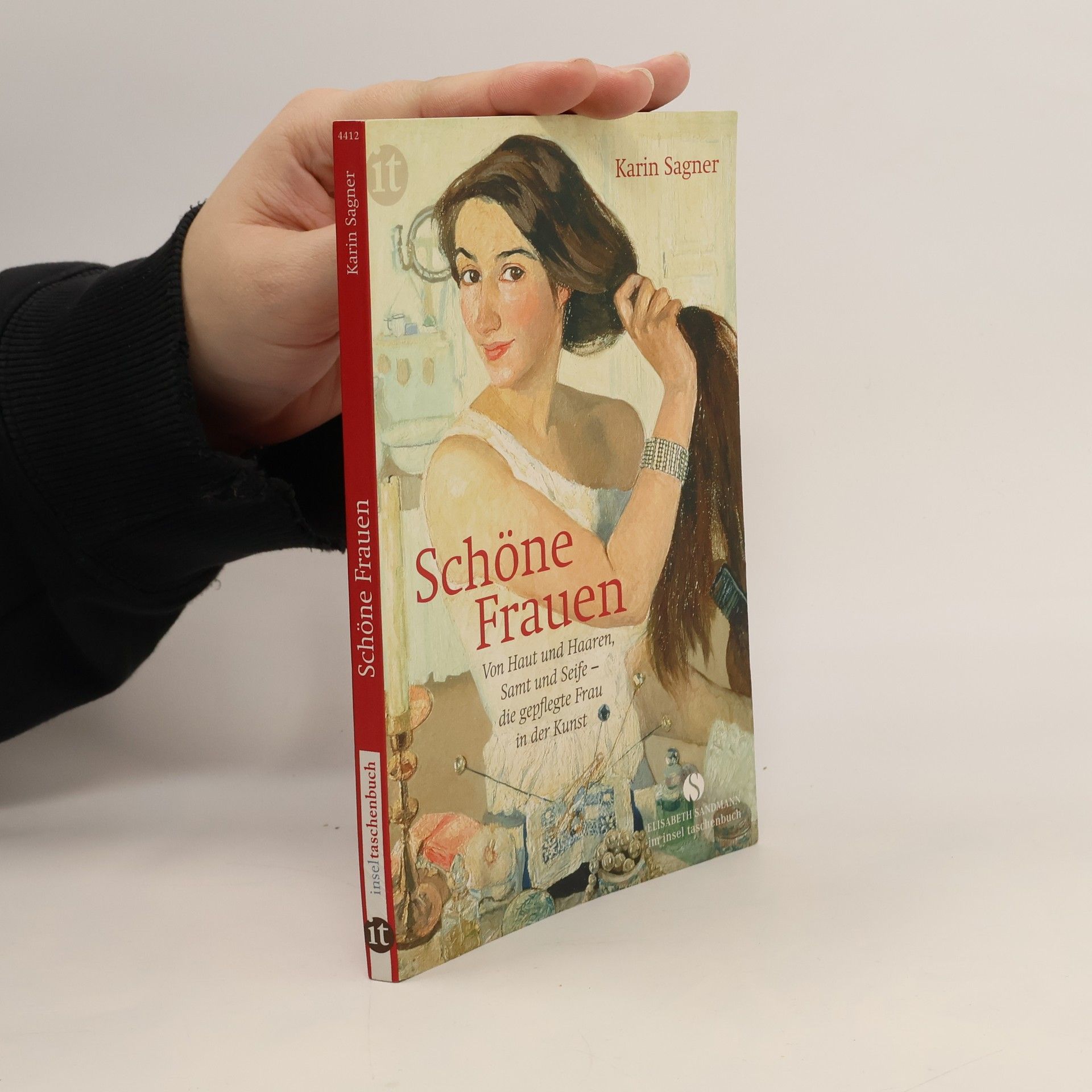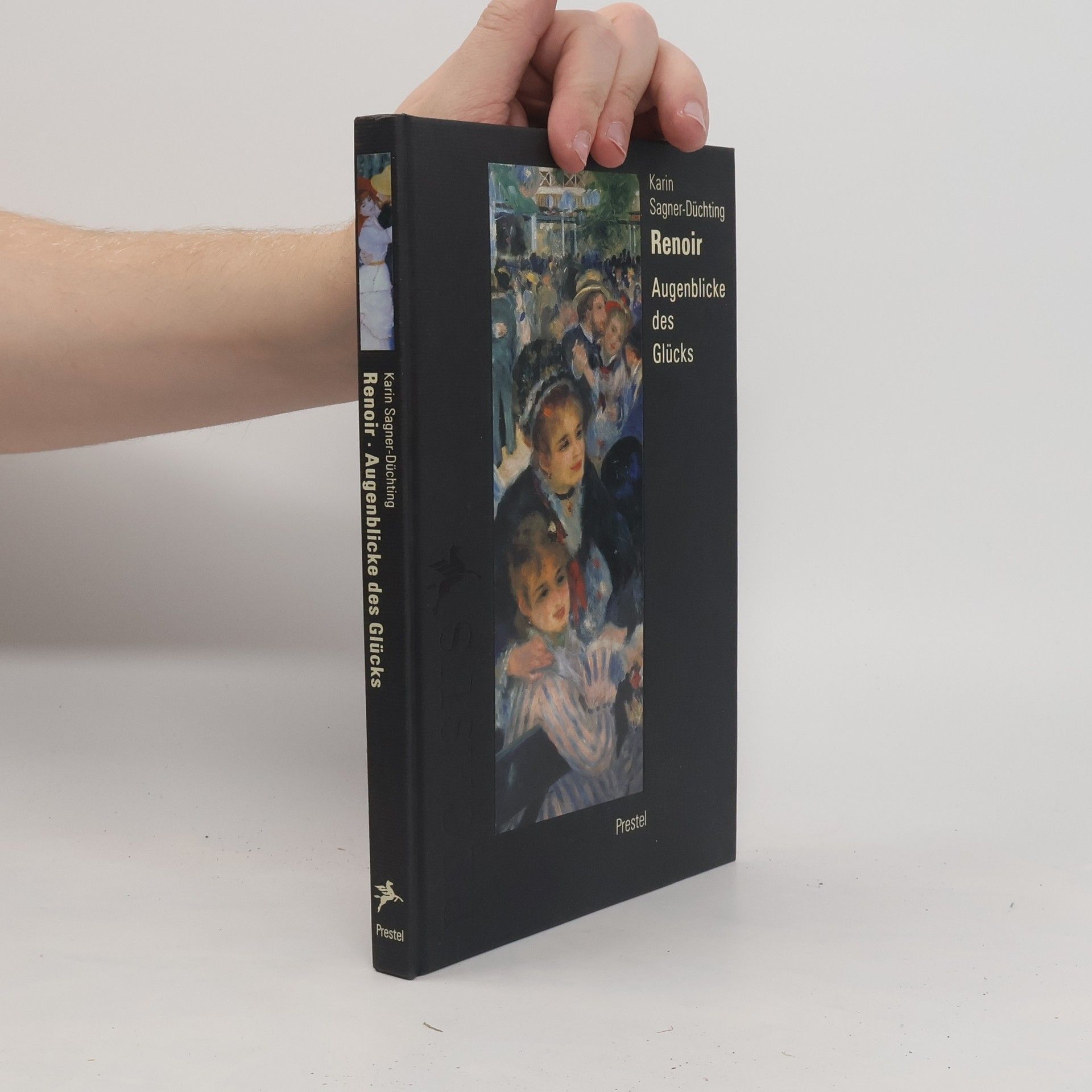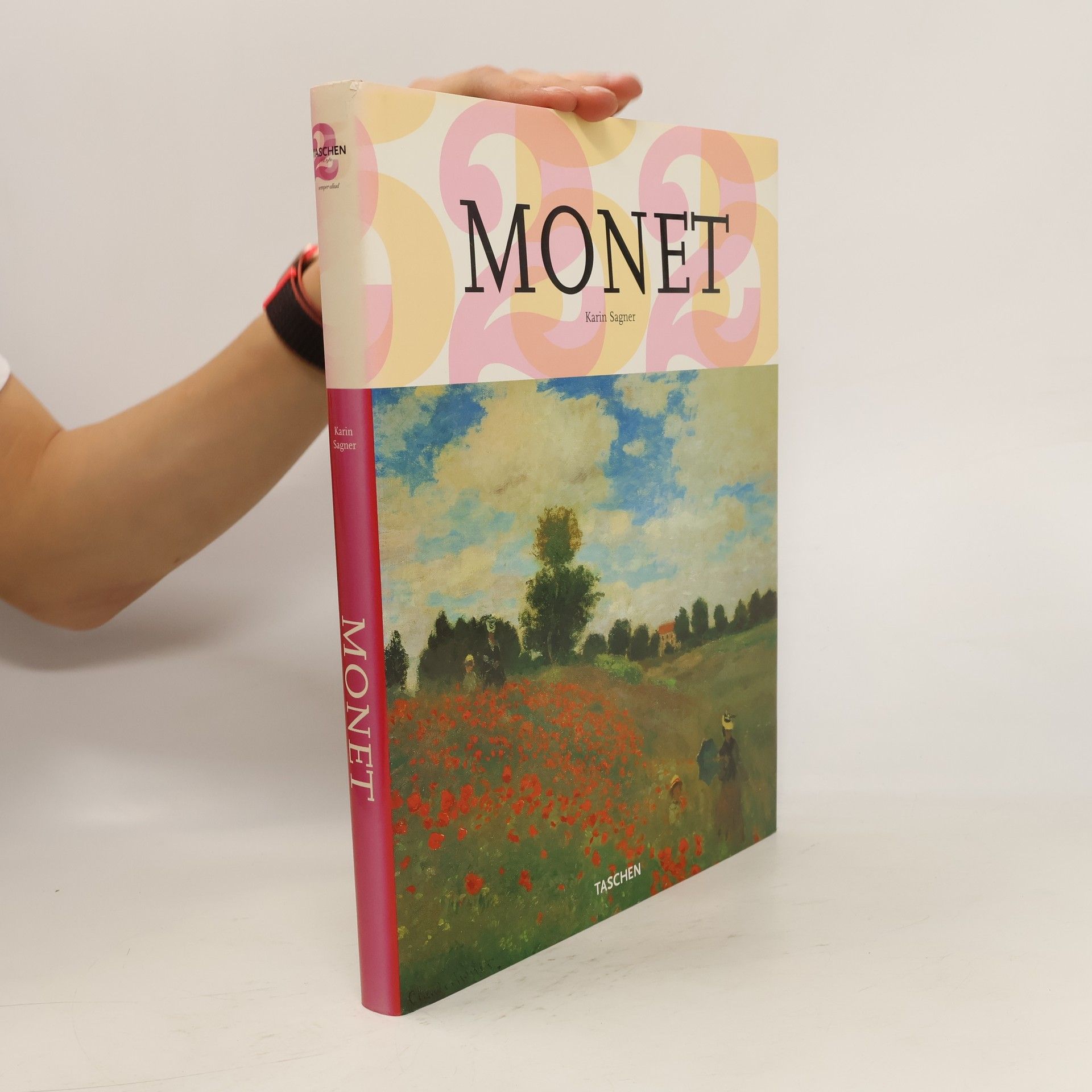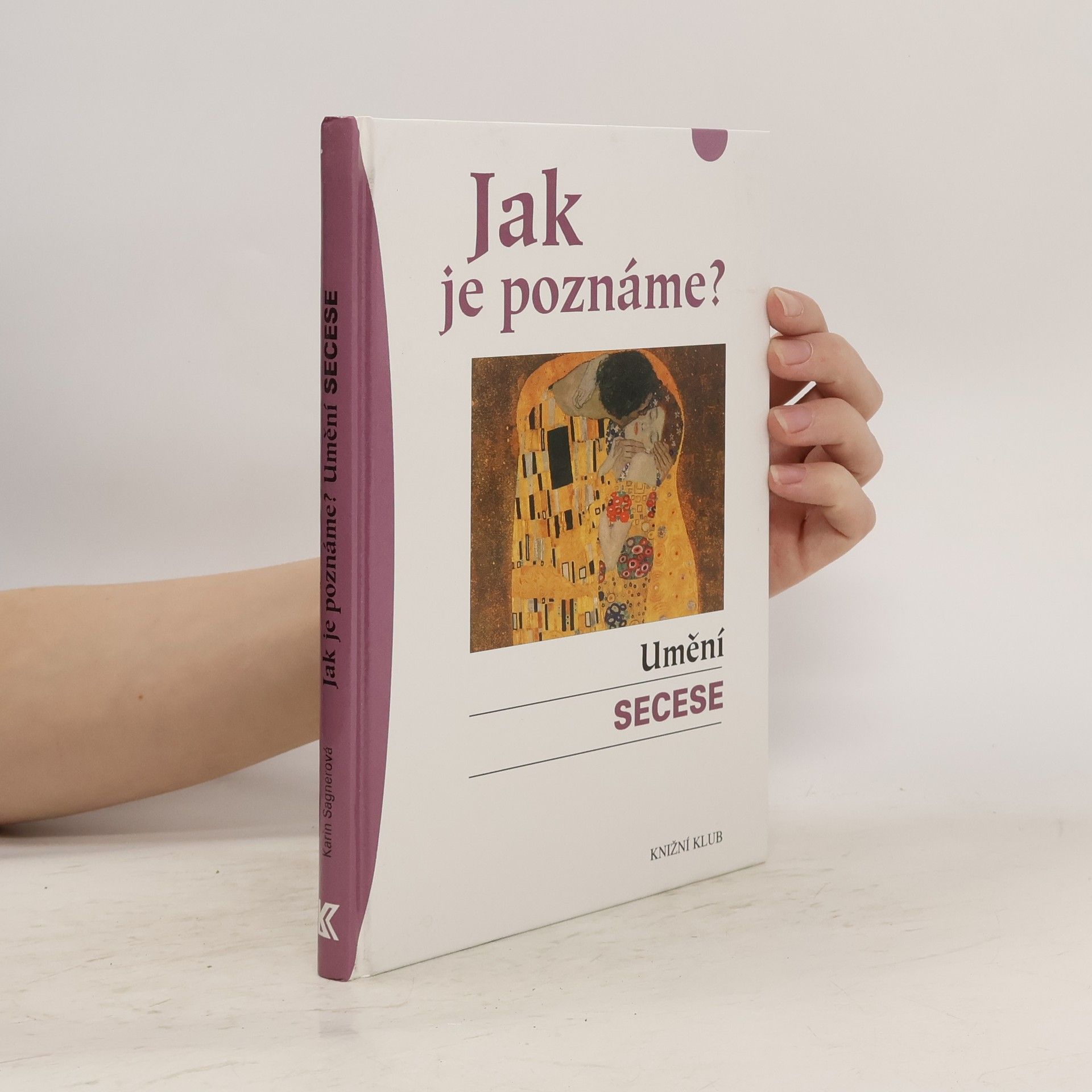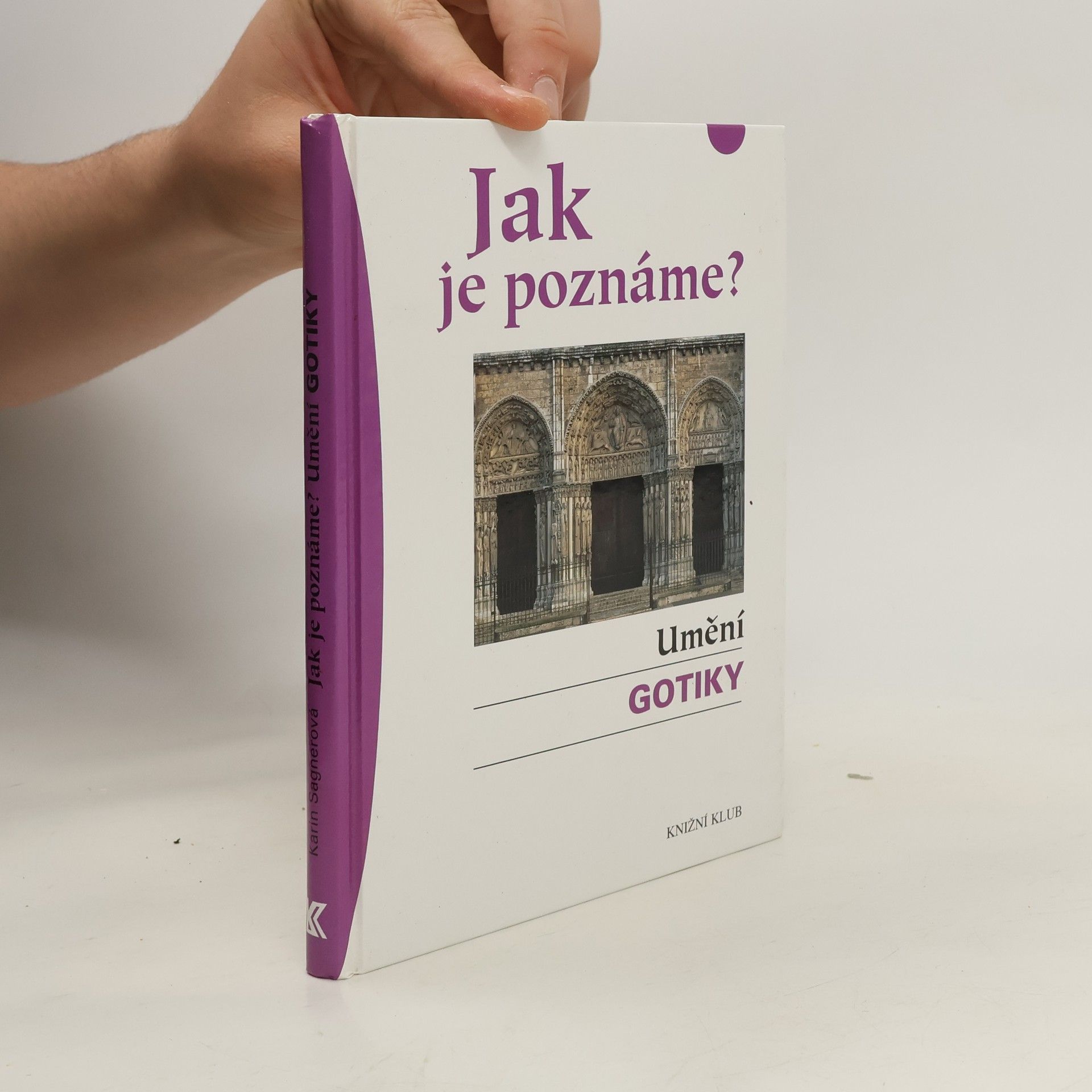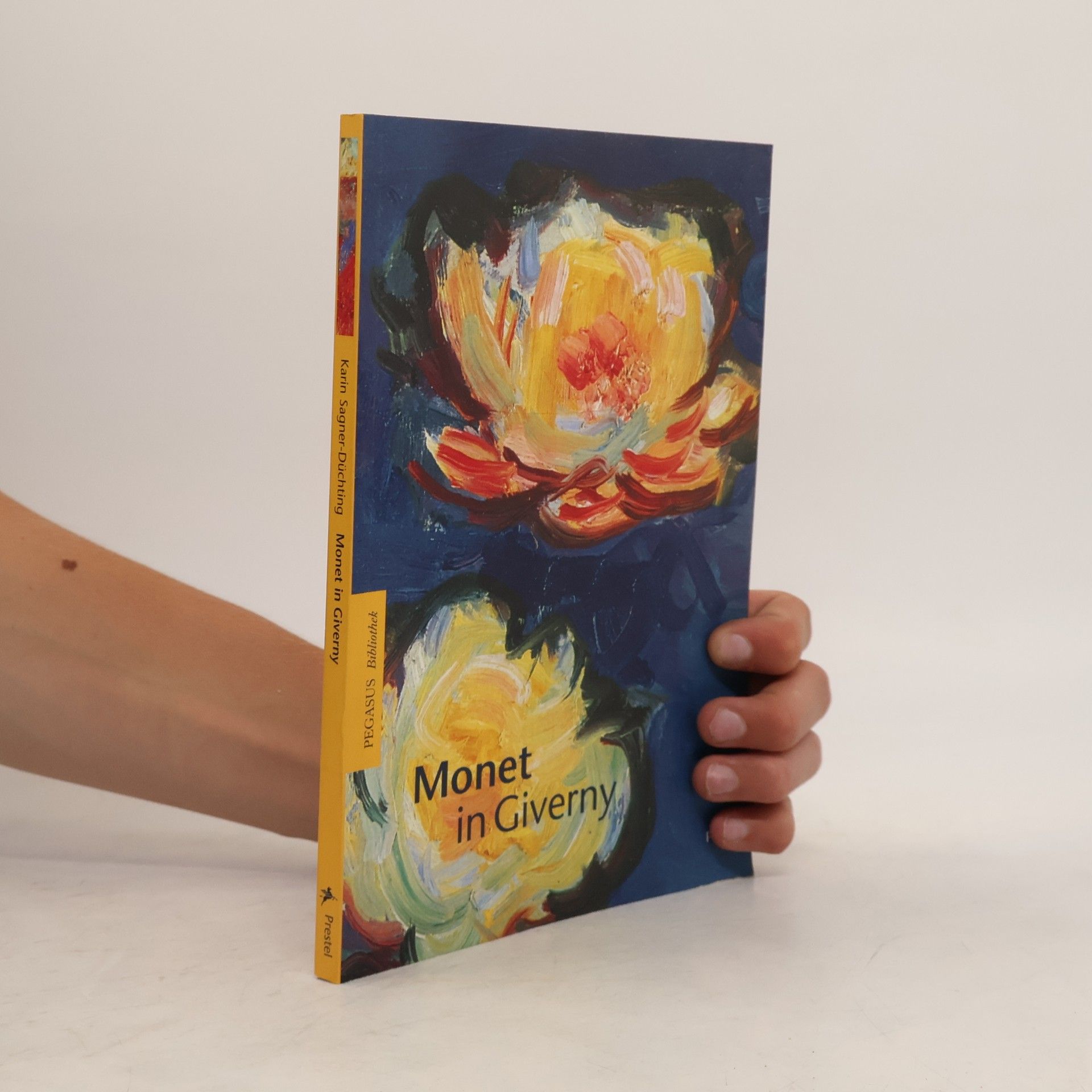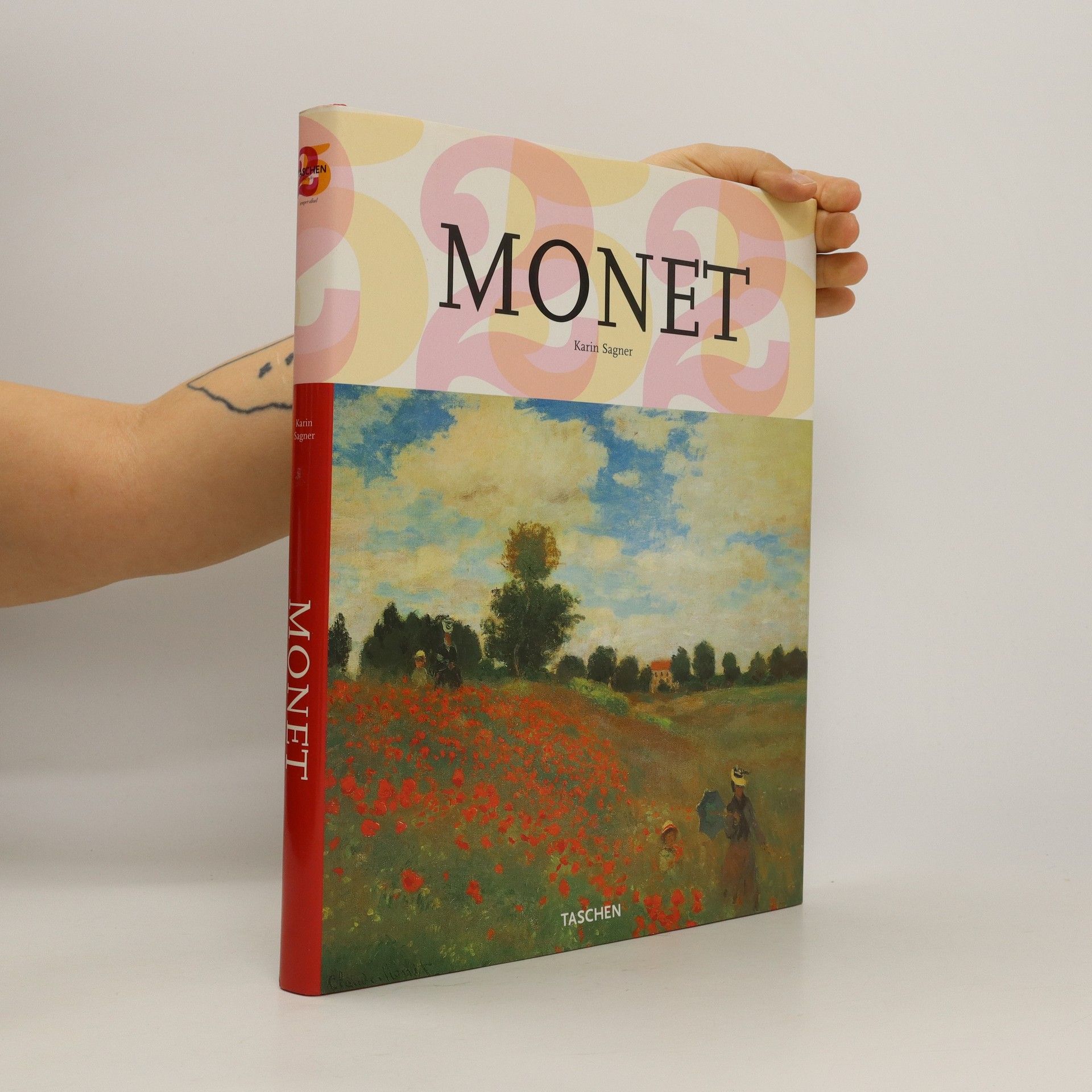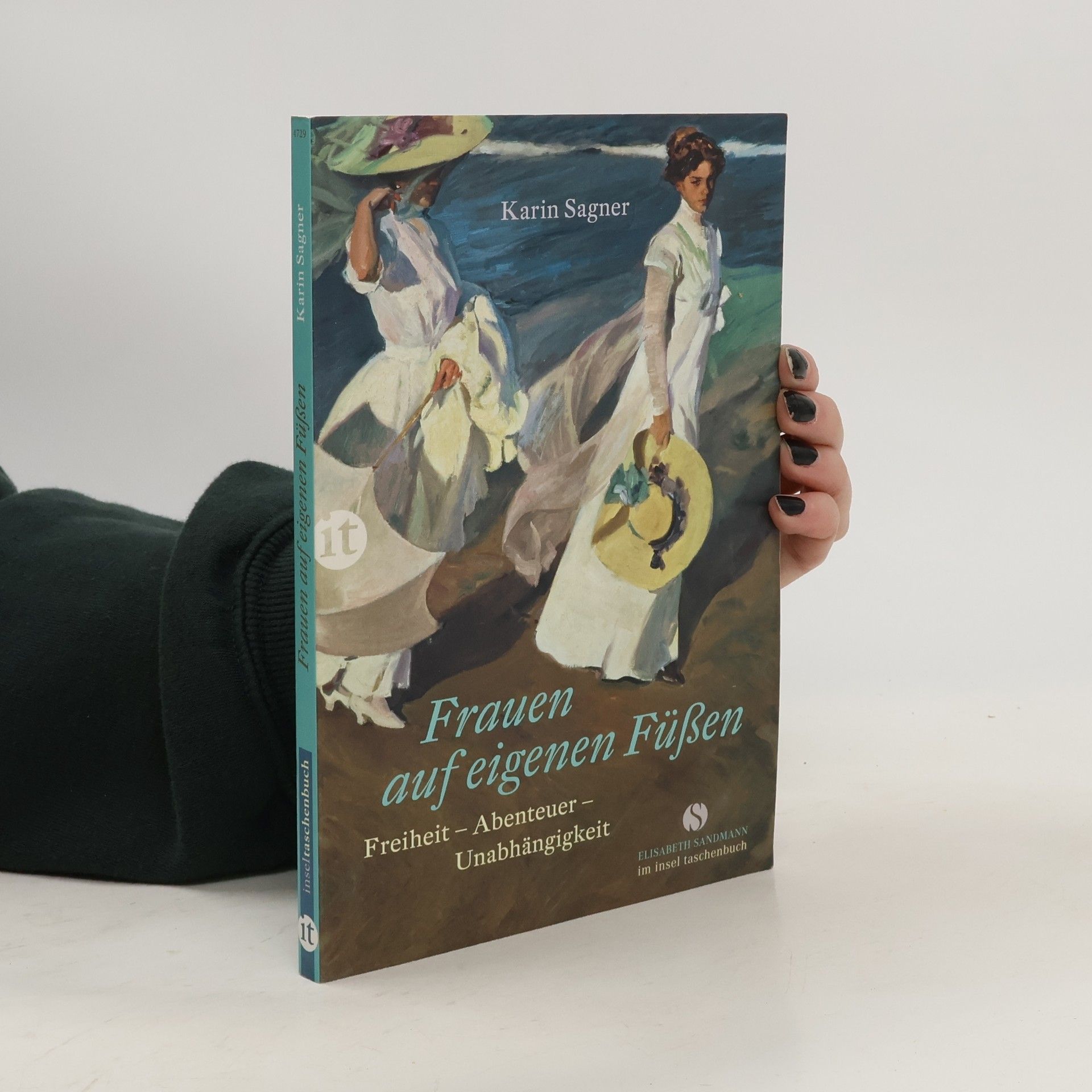Umění gotiky
- 128 stránek
- 5 hodin čtení
Nejbytostnějším rysem gotického umění je monumentálnost, přísné, skoro asketické linie a hluboce zakořeněné náboženské aspekty. Gotika po Evropě byla šířena prostřednictvím mnišských řádů. Hlavním projevem umění je architektura. Nalezla své uplatnění především ve stavbě katedrál a hradů, radnic, mostů, měšťanských domů, ale i v lidových hrázděných domech. Gotická katedrála roste do výšky, díky důmyslné konstrukci opěrného systému křížové klenby, mohutných pilířů a sloupových podpěr dochází k odhmotnění vnitřního prostoru stavby. Důraz je kladen na čistotu materiálu, naprostá většina staveb nemá žádnou omítku. Nejtypičtějším znakem pro gotiku je lomený oblouk vysokých oken, která často sahají až do desetimetrové výšky a jsou po celém obvodu chrámu a nespočetného množství zdobných prvků - členitých výčnělků, prohlubní, zdobných věžiček, chrličů, trojlístků malých oken, konzol a baldachýnů.

